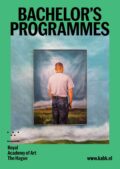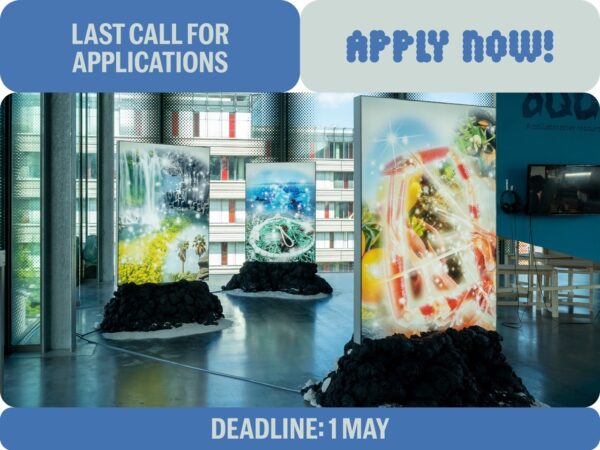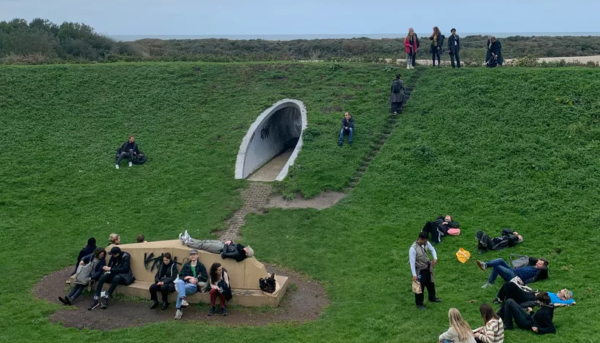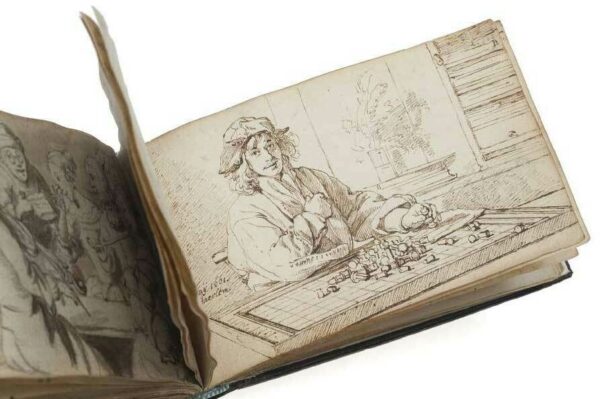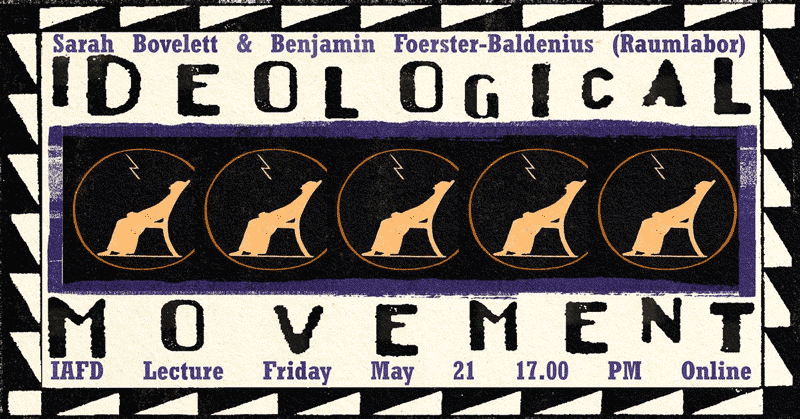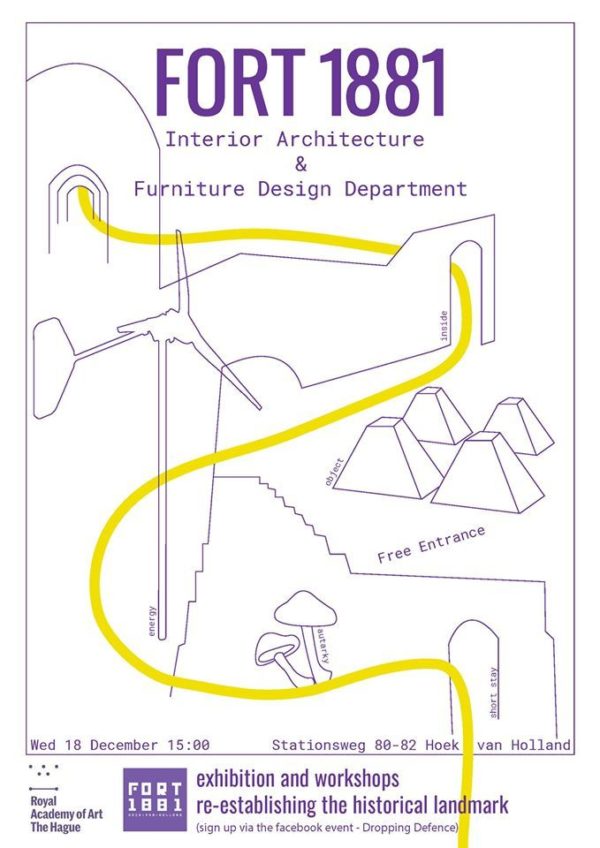Application and portfolio deadline
Applications for the Bachelor IAFD Cohabitation (Interior Architecture and Furniture Design) open on October 1.
In order to apply, you must first register via Studielink and then gain access to our application system where you will be asked to submit your documents including a portfolio and admission assignments.
The deadline to submit your complete application (for both non-EU/EEA and EU/EEA candidates) is 1 May.
Read about the general eligibility requirements, the specific requirements regarding your portfolio and other important dates further below.
General Requirements
High school diploma
High school diploma comparable to a Dutch VWO, HAVO or MBO 4 diploma.
You can check the equivalent Dutch level of your diploma on the Nuffic website.- Proficiency in both spoken and written English
Non-EU/EEA candidates are required to provide proof of English Language proficiency.
EU/EEA candidates' English language level will be assessed during their interview/entry examination day.
Portfolio Requirements
As part of the admission and selection procedure for the Bachelor’s programme IAFD Cohabitation of the Interior Architecture and Furniture Design department, you will be asked to provide examples of previous work (portfolio) and explain, via a questionnaire, your motivation for studying at this department. You will also be asked to prepare and submit your CV and two home assignments.
In your portfolio, we would like to see work (relevant to the field) of your own and / or commissioned work you have made. Put some thought into the work you select and how and in what order you present it. Through sketches (analogue and digital), material experiments, models, photographs and textual explanations, your portfolio should provide insight into your working process, conceptual ability and design skills.
On this page, you can find a booklet with general portfolio recommendations, tips (What is a portfolio? How do I make one?) and relevant information for prospective applicants to our preparatory and bachelor programmes.
(Portfolio maximum file size: 50MB, PDF)
We would also like to receive your curriculum vitae (CV) with a short bio, overview of education followed, work experience, skills and other relevant information (max. 1 A4).
Through the questionnaire, we would like to find out more about your interests and motives for choosing this study programme. You can download the questionnaire here.
Please fill out the questionnaire and submit it in Osiris during your application process.
- Shelter: a complete design (process)
Design a shelter and make a model of it. Give diverse spatial and material impressions of the shelter (interior and exterior) in relation to its surroundings (context).
The shelter is purposefully an open assignment. The kind of shelter you want to design is all up to you. It can be a shelter for insects, animals or for people, a temporary housing or a hut, a building, an object, wearable or a piece of clothing. Make sure the design clearly reflects which user your shelter is intended for and where it is located. Thereby, apart from your design skills, you also demonstrate which social issues are important to you.
A physical model is required (if you send your assignments digitally, please take photographs of the model). In this process, make use of the skills you already have and use them resourcefully to create your design for the shelter. Your design does not have to conform to any particular design or architectural conventions! Your work on (and documentation of) the assignment should demonstrate your creative ability, your design process and your contextual awareness. So, you actually formulate your own assignment and have to make sure that your design answers to the requirements that you have formulated for yourself.
Of course, during the process your expectations and requirements can evolve. If it works better for your concept, you can also make a booklet, a poster or a film to communicate your shelter design (in addition to your physical model). - Drawings: ‘meeting/encountering’
Make a series of 5 to 12 drawings relating to the theme of ‘meeting/encountering’. Important is that all the drawings together form a storyboard and tell a story.
With the meeting/encountering assignment you are also entirely free to choose your own interpretation. The assignment is again open to many interpretations; it can be a meeting of materials, forms, colors, concepts, organisms, living things, worldviews etc. Choose an angle that interests you and sparks your (and our) curiosity, and that tells us what issues you care about. Techniques and format are free of choice. Use the skills you already have and show what you can do with them. Again, your drawings do not have to conform to certain design- or architectural principles or requirements!
(assignments maximum file size: 50MB, PDF)
Application process
Application deadline: 1 May
A complete application consists of registration via Studielink and submission of portfolio, CV, questionnaire and home assignments by the deadline of 1 May. Applications will be assessed after the deadline and shortlisted candidates will be invited to make an appointment for the admission interviews.
| Admission interview | Location |
| 21 May 2024 | online |
| 22 May 2024 | online |
| 23 May 2024 | online |
24 May 2024 | KABK |
